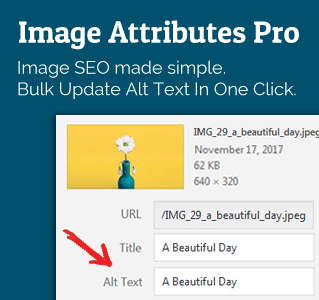So far we have been talking theory. We have touched on some fundamentals of investing, understood the key benefits of starting early and even looked at our investment options.
Now let’s see how to put that into practice. We will try to draw a rough starter plan for your investment journey.
We will classify the plan into two parts: Bare Essentials and Goal Based Plans. Bare essentials will apply to everyone regardless of your risk appetite. So if you are just starting out, focus there.
Goal based plans will be different for everyone and only you will know what you want. Sometimes you don’t know what you want and that is okay as well.
Base Essentials
This is the money you need in the short term. You are not looking for returns with this money. You want your money to be available when you need it.
Emergency Fund
What happens if you are fired from your job tomorrow? Last year many people had pay cuts and was let go when the pandemic hit. You were home for a few months. How do you plan for this?
A rule of thumb is to save 6 months worth of salary in your emergency fund. You do not have to do it in one go. Save 50% of your salary (or what you can) for three months and then 25% until you reach your goal.
As to where to keep these funds, typically you would simply put this in your savings bank account. But an even better option is to put this in a debt mutual fund (specifically an overnight or liquid fund). We will discuss this in a future post when we discuss debt mutual funds.
I have written in detail on how to create an emergency fund.
Life And Health Insurance
You may or may not need life insurance. Think about it and make a call. If you do get one, get a simple term insurance.
Health insurance is a more relevant matter. Starting early often means lower premiums. Do your research and see what fits you the best.
Clear Off Debt
If you have somehow accumulated debt at a young age, getting clear of that should be a top priority. See if you can accelerate the payments and if that would help reduce the burden.
Goal Based Investment
While individual goals are very personal, all your goals can be classified broadly based on approximate time frame into:
- Goals you hope to reach within 5 years.
- Goals from 5+ years until 10 years.
- Goals after 10+ years.
- Family Goals (kids education, family vacations)
- Retirement Goals
How you choose the instruments to invest for each of these goals will vary. In other words, asset allocation will be very different for each category.
For goals within 5 years, equity to debt ratio can be 60-40 the first year and gradually get heavier on the debt side. In the fifth year 90% of your savings for this goal should be in debt.
Why? Investments in equity are volatile. If markets crash, your corpus can go down and it might take a few years to recover.
For ultra short term goals (1-3 years), simply invest in debt for the entire duration.
For family goals and retirement goals, you might know exactly when you need the money. Especially if you already have a child or is planning to have one soon. It’s easier to plan. Start with a equity heavy portfolio (80%+ in equity assuming you have 15 or so years ahead) for this goal and move funds to debt in the last 3-5 years.
If you know your goals figure out how much money they might need adjusting for inflation. Then assume a conservative portfolio return of 10% and see how much you need to invest each month. Obviously when you start out you will invest less since you earn less. As you earn more, you can invest more for each of these goals.
But I Don’t Know My Goals Yet
This is where most of us will be, especially in our 20’s. In that case, don’t worry too much. Simply plan for two things: short term goals and financial independence.
Go equity heavy on the financial independence part and debt heavy on the short term goals.






Leave a Reply